
Written by Emma Brudner @emmajs24 at Hubspot https://blog.hubspot.com/sales/the-ultimate-guide-to-personal-branding
“Personal brand” can seem like an oxymoron. “Personal” refers to an individual while “brand” is often associated with companies or collectives. On the surface, the two parts of the term don’t really jibe.
But a quick trip to Dictionary.com clears up the discordance. According to Merriam Webster, one of the definitions of “brand” is “a kind or variety of something distinguished by some distinctive characteristic.” From this perspective, “personal branding” simply means an effort by a professional to distinguish themselves — straightforward, smart, and essential in today’s ultra-competitive market.
We all know the organizational benefits of strong branding. According to McKinsey research, strong brands have been shown to outperform their less recognizable competitors by as much as 73%. In addition to boosting sales, effective branding can also attract quality talent.
By building a solid personal brand, individuals can become more visible in their industry, improve their reputation among recruiters and managers, leave a more lasting impression during online and in-person networking, and sell more to target prospects. Ready to get started? Peruse this guide to discover the do’s and dont’s of personal branding, the essential components of a strong individual brand, and examples of individuals with exemplary personal brands.
As a busy sales professional, your focus is squarely on your prospects and customers — and that’s great. However, taking time to cultivate your personal brand has benefits for both you and your clients. Consider the following four arguments in favor of personal branding.

A sparse or generic LinkedIn profile doesn’t instill a sense of familiarity and trust in potential buyers. Instead, they’re left with more questions than answers. Is this a person I can depend on? Will he or she be willing to work with me in the way I prefer? What’s their take on current industry issues, and how can they help me improve my business? By openly communicating your viewpoint for the world to see, prospects who stop by your social pages can easily decide if they can envision themselves working with you or not.
If you’ve taken the time to define and reinforce your personal brand, you’ll stand out from salespeople selling competitive products who might not maintain such a strong persona or present a vastly different one.
If you have entrepreneurial aspirations, a strong personal brand will make the transition from salesperson to business owner that much easier. Differentiation is more than half the battle with a new product or service, and people often associate a start-up with its founder. The more definitively you can brand yourself, the better.
According to sales expert and author Jill Konrath, the rep is the primary differentiator in sales today. No matter what they’re buying, prospects know they can get a similar product or service from another vendor. What they can’t get from just any provider is the same sales experience with the same salesperson. Therefore, by presenting a distinct personal brand, you’ll make it easier for your buyers to choose your company (and you) over another vendor.
So you’ve set aside some time to work on personal branding. Where to start? Here are the five essential components of an effective personal brand.
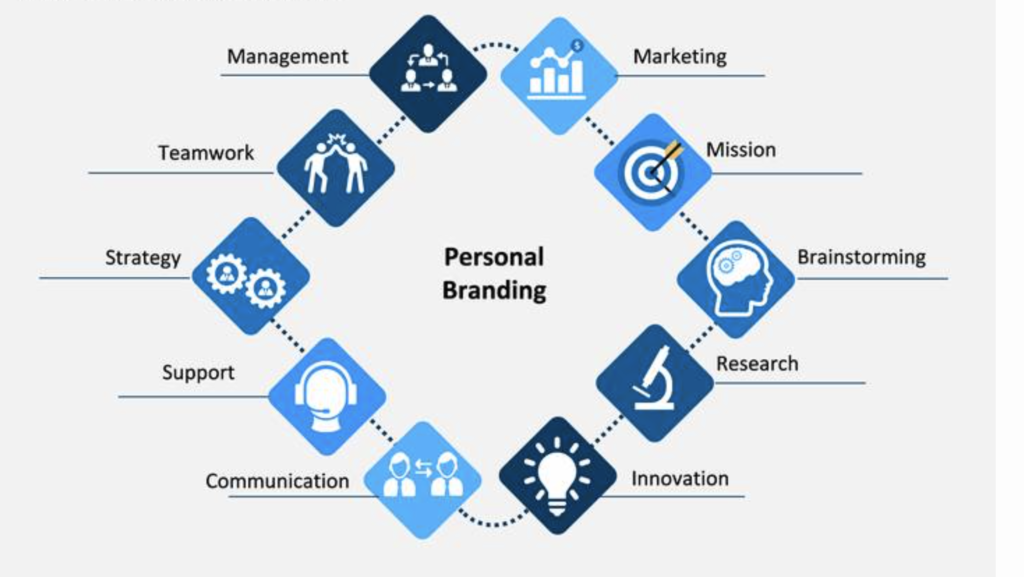
If you’re in sales, you’re no stranger to positioning statements. Smart reps always have a succinct positioning statement about their product or service on hand to combat the inevitable “What is this about, anyway?” buyer brush-off. A personal value proposition should answer the slightly amended question “What are you about, anyway?”
When crafting a personal positioning statement, keep your target audience in mind. Your value proposition might be about you but it’s not for you. Express to your target audience what makes you different from others in your industry, profession, or role. If you’re not sure what makes you different, spend some time researching your peers and reflecting on your individual beliefs and passions.
Here’s a before and after personal branding statement example from career site The Ladders:
Before: “I am an executive with 15-plus years’ experience with global manufacturing companies.”
After: “I’m an experienced manufacturing executive who deploys new technologies for global companies seeking efficiency and revenue growth.”
The revised version is much more descriptive, which helps the executive’s target audience (in this case, recruiters) differentiate him from other similar job candidates.
In terms of format and structure, stick to these guidelines:
Equally important as defining and capturing what makes you different is ensuring that you can be easily found online. After all, there’s not much point in writing a positioning statement if no one reads it.
For this reason, cursory keyword research is an essential part of any personal branding initiative. Again, instead of thinking about the keywords you most associate with yourself, think about the words or phrases your target audience might search for to find someone like you. Keyword phrases could be industry-related (“human resources”), role-related (“talent acquisition manager”), or results-related (“cut hiring costs”). If you’re struggling to think of keywords, check out the free app Keyword Tool.io for inspiration.
Once you’ve struck on a keyword or two (it’s best to focus on just a couple), insert them into your LinkedIn profile, Twitter bio, blog, resume, website, and any other online or social media spaces you’re involved in. Just make sure to do so naturally. Inserting a non-sensical sentence chock full of keywords onto a web page (ex: “Human resources, human resources human resources? Human resources.”) is called keyword stuffing and will send you to the bottom of Google in a hurry. A good rule of thumb is to include your keyword or a close variant in bold headers and three to seven times in body copy (depending on the length of the copy).
LinkedIn is at the crux of your personal brand. Your target audience will research you on the network before deciding to work with, hire, or refer you. So it’s crucial to not just fill your profile out, but make it compelling.
Pressed for time? Address these four areas before anything else:
If you’d like to launch a full profile makeover, click on the image below to get a step-by-step guide to optimizing your LinkedIn page:
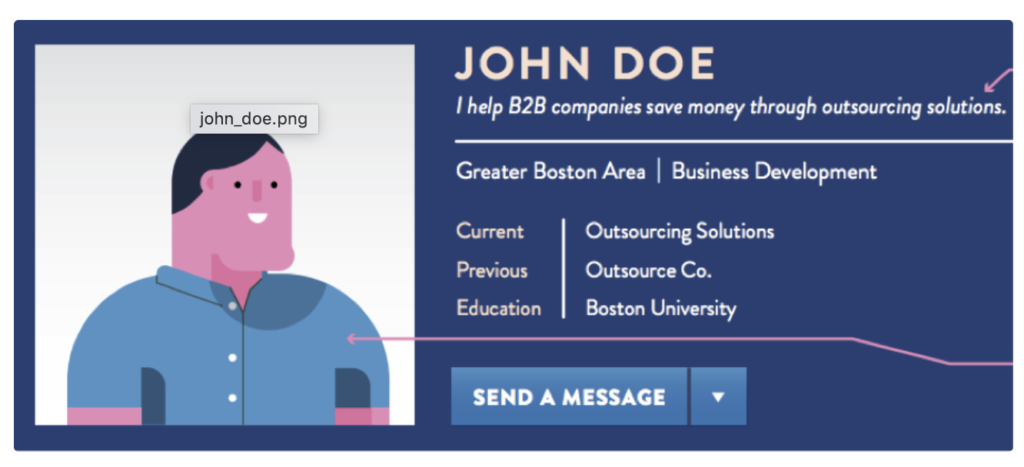
Mind you, I’m not talking about a dedicated website that you post your thoughts on a few times a week. I’m using “blog” in the sense of a single post.
One of the best ways to explain how your approach differs from your peers’ is to write it down for all to see. Your positioning statement sheds some light on your perspective, but as it’s only one sentence, you probably have more to say. Pen a blog on LinkedIn, your company’s blog, or a personal website explaining your thoughts on something your target audience cares about — think an industry trend or recent market development.
While your piece shouldn’t be a blatant self-advertisement, you can use your blog as a personal branding vehicle by taking the right angle.
Here are some examples:
Each of these topics adds to the larger conversation, while giving you room to differentiate yourself from others.
First-time blogger? No problem. Check out our blogging 101 guide to get off on the right foot.
Saying that you’ve enabled phenomenal results in a unique way is one thing. Having the person who benefited from the results publicly sing your praises is another.
While personal branding is a largely solo exercise, securing recommendations from clients, managers, or colleagues can legitimize your claims and strengthen your persona. Social proof is incredibly powerful in buying, hiring, and a plethora of other professional decisions. With this in mind, publishing a LinkedIn or website recommendation from a person you’ve worked closely with brings your positioning statement to life.
Also known as “non-essential.” If you’ve completed the above and want to expand your brand even further, consider the following options.
Twitter isn’t used in every industry, but it’s certainly helpful to show your target audience what you care about. As social selling expert Jill Rowley says, “You are what you tweet.” Tweet, retweet, and favorite posts that line up with the ideas in your positioning statement. This will help you gain a following in your space, which will in turn increase your social power and reinforce your personal brand.
Twitter also offers social listening benefits. Search relevant hashtags and keywords to discover what’s currently being said in your given market, and differentiate yourself accordingly.
Depending on the people you’re trying to attract and the role you’re in, a personal website further illustrating your philosophy or displaying your work might be useful.
LinkedIn is a fantastic platform for occasional bloggers, but if you’re striving to generate a dedicated following for your posts, you’ll probably want to create your own blog. A personal blog also allows for unique graphics that visually separate you from competitors.
I wouldn’t recommend commissioning a logo unless you’re a business owner, but creating an icon or two and implementing a consistent color scheme across all relevant materials (resume, website, blog, downloadable content, business card, etc.) can add a unique visual component to your personal brand.
It can be tough to draw the line between “not enough” and “too much” when it comes to personal branding. When in doubt, refer to these guidelines.
Need some inspiration? Look no further than the following professionals.
Jill is a social selling evangelist who conducts workshops and speaks at meetings and conferences. Her LinkedIn profile, Twitter bio, and website all include the keyword “social selling” and present consistent messaging. She also uses the same picture for most social accounts, adding further consistency and visual recognition.
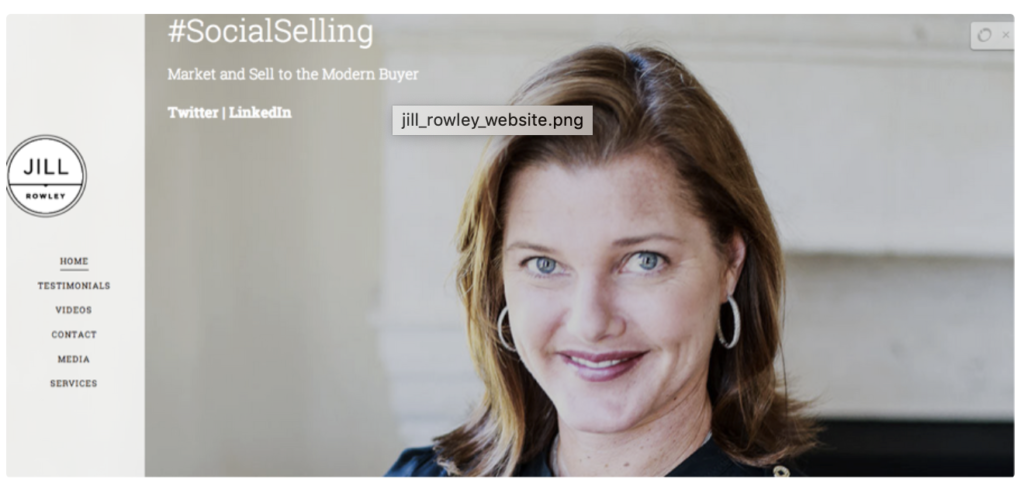
Kristi is a freelance writer who nails the recommendations section of her website as well as her LinkedIn profile.
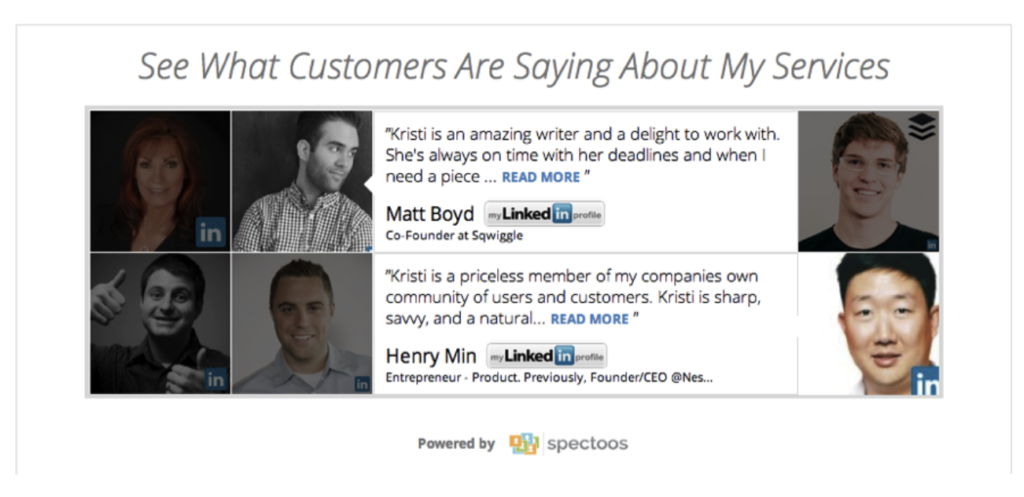
Guy’s collection of LinkedIn posts is simultaneously eye-catching, informative, and differentiating.
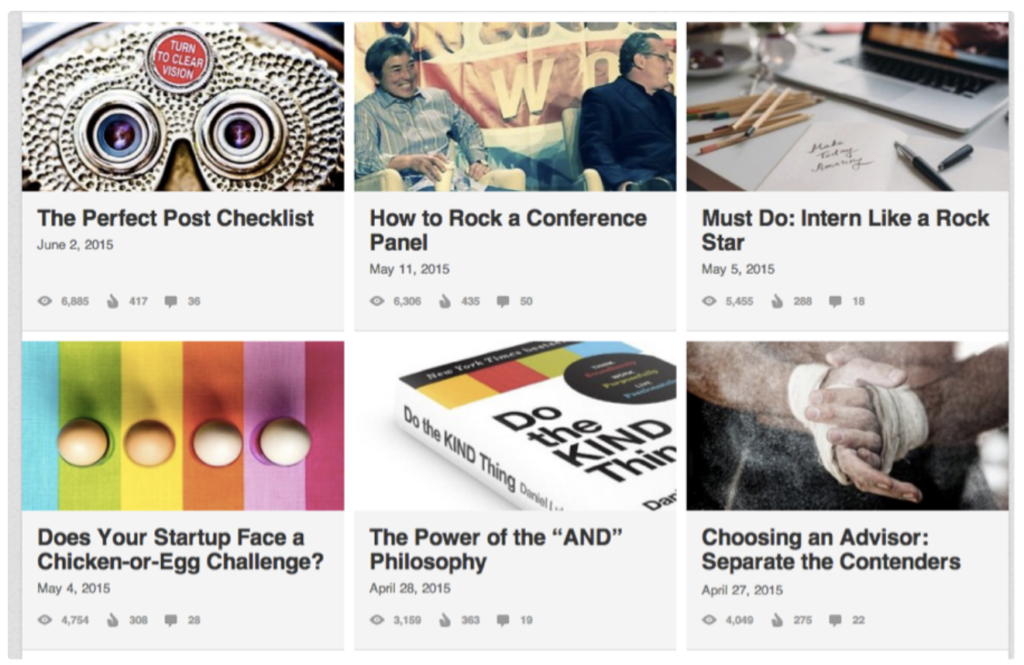
Whenever I think of Dan, sales strategist and author, the word “edgy” immediately comes to mind. Dan has built his brand around being edgy in business and life. I defy you to find a mention of him online that doesn’t feature the word at least once.
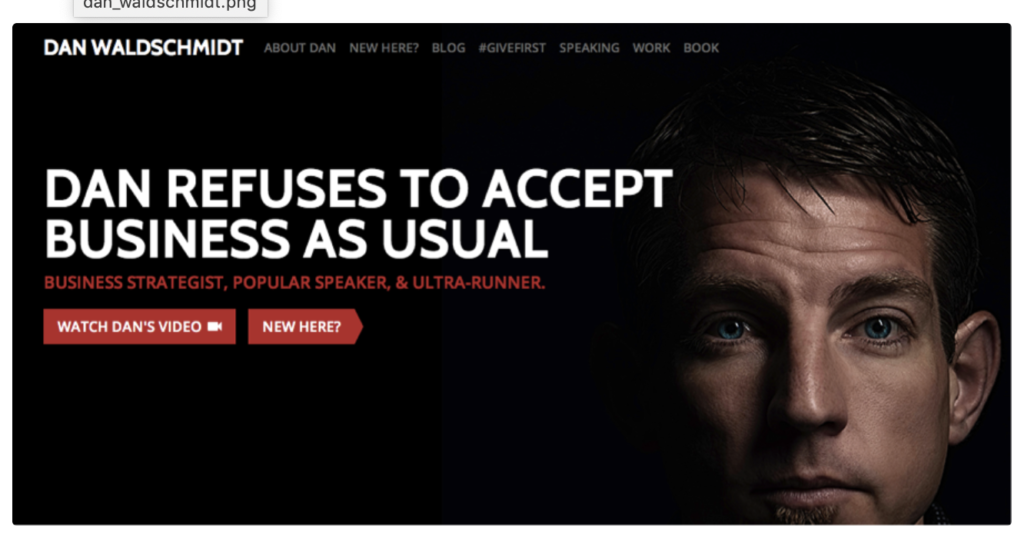
The MétodoYOU® is an internationally recognized Personal Branding Programme that reach already 18 countries with successful cases that aims to position and boost Personal Brands around the World. The programme uses 35 tools in a structured process of 4 pillars that goes from you to your business strategy, all of which helps you in creating value beyond your product and service. Because you are much more than the product you sell, you are who the brand is! To start your personal branding programme please contactt tana@tanastorani.com